I think that everyone has heard about the Green House Effect by now, and it’s affecting us all in one way or another. Some people and scientists blame our escalating bad weather and catastrophes on it. It’s safe to say though that something is up and about to be terribly wrong if nothing is done. I have, in my own little mind world, started this kind of long series of articles (been doing it for a while now) whose purpose is to remind us all to think about the consequences of our own actions and to start thinking about re-using our gadgets to their fullest potential. Even how to implement green house glass into our builds in order to make a difference.
What you don’t think about though when reading the title “Green House Effect” is, of course, the immediate sense of the word itself and the literal meaning of it. In Norway, and also in Sweden, Denmark and Finland we used to insulate our houses by adding grass and other growing vegetables to our roofs. It’s not a modern day activity, it’s more for a retro feel. However, during the 1800s, it was a customary way to stay warm during the cold winters.
With time, these rooftops started overgrowing and became forests. If you wander deep into the Scandinavian forest, it’s not uncommon that you will find overgrown houses that have trees and other growing weeds on top of them. This is not intentional, but a mere case of lack of upkeep. It makes for a truly awesome effect don’t you think? May we call it the “Green House Effect.”
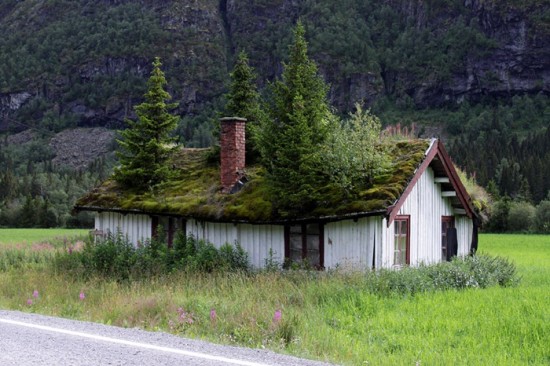
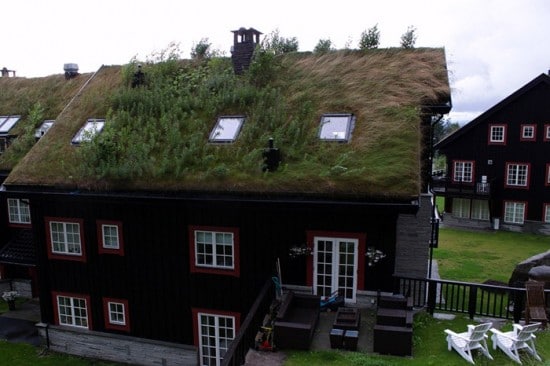
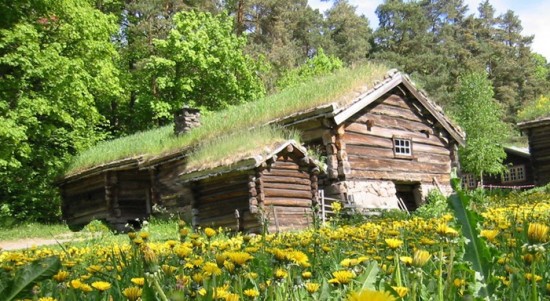
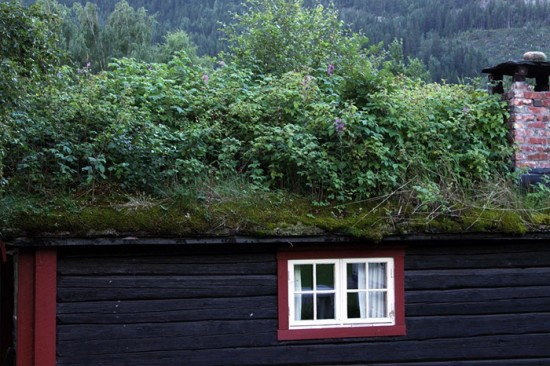
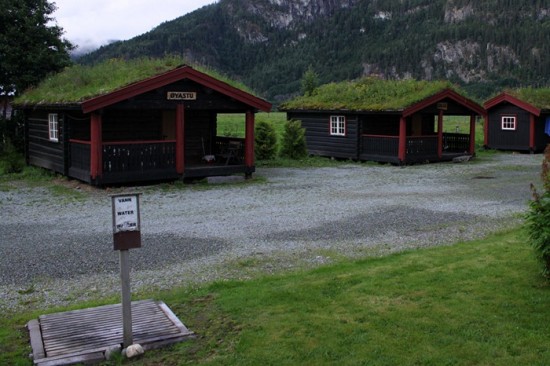
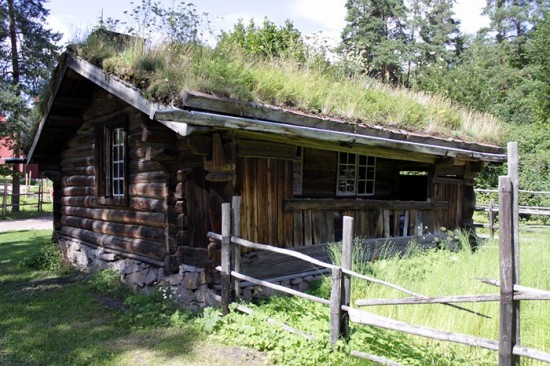
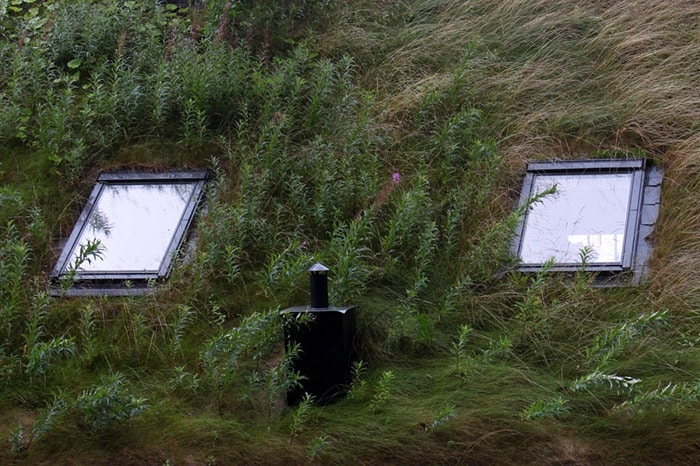
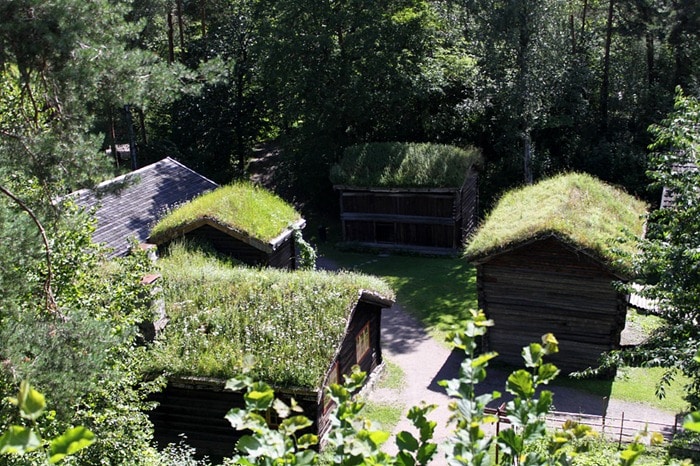
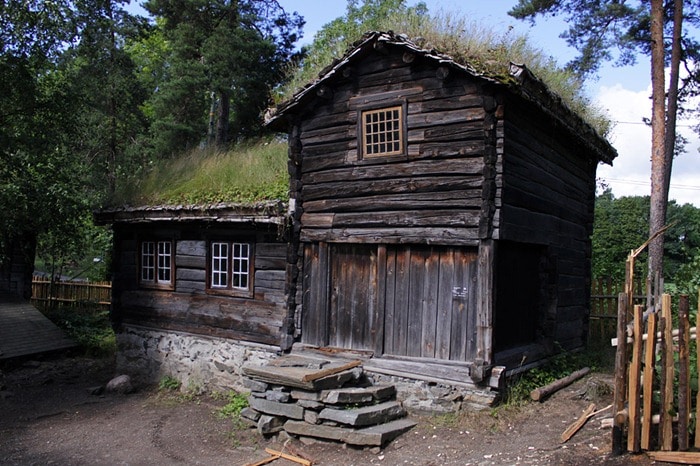
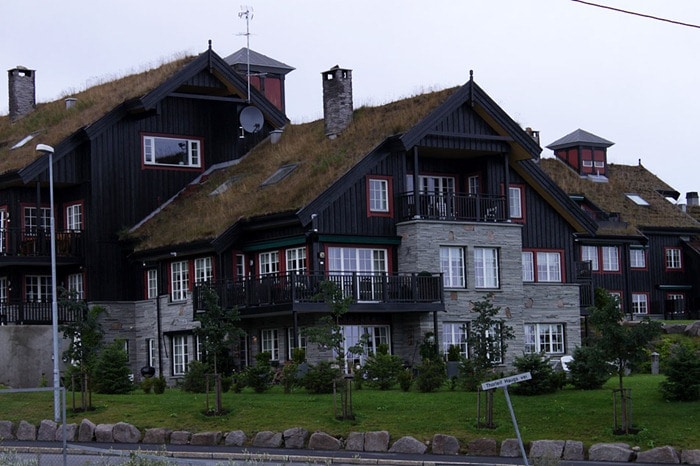
COMMENTS